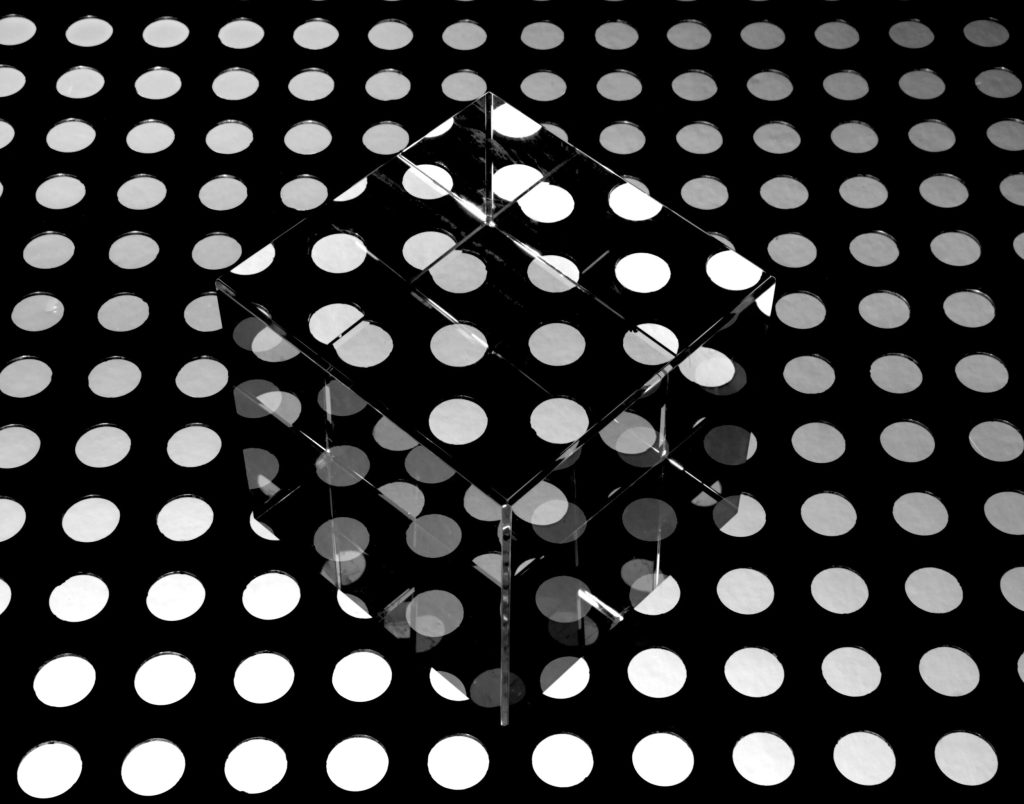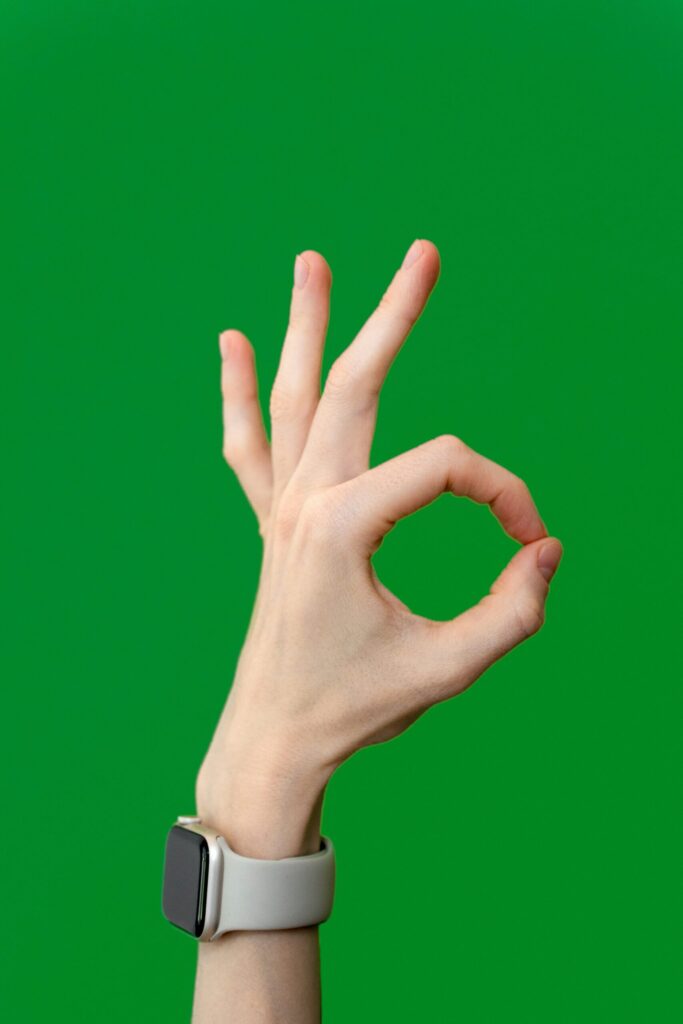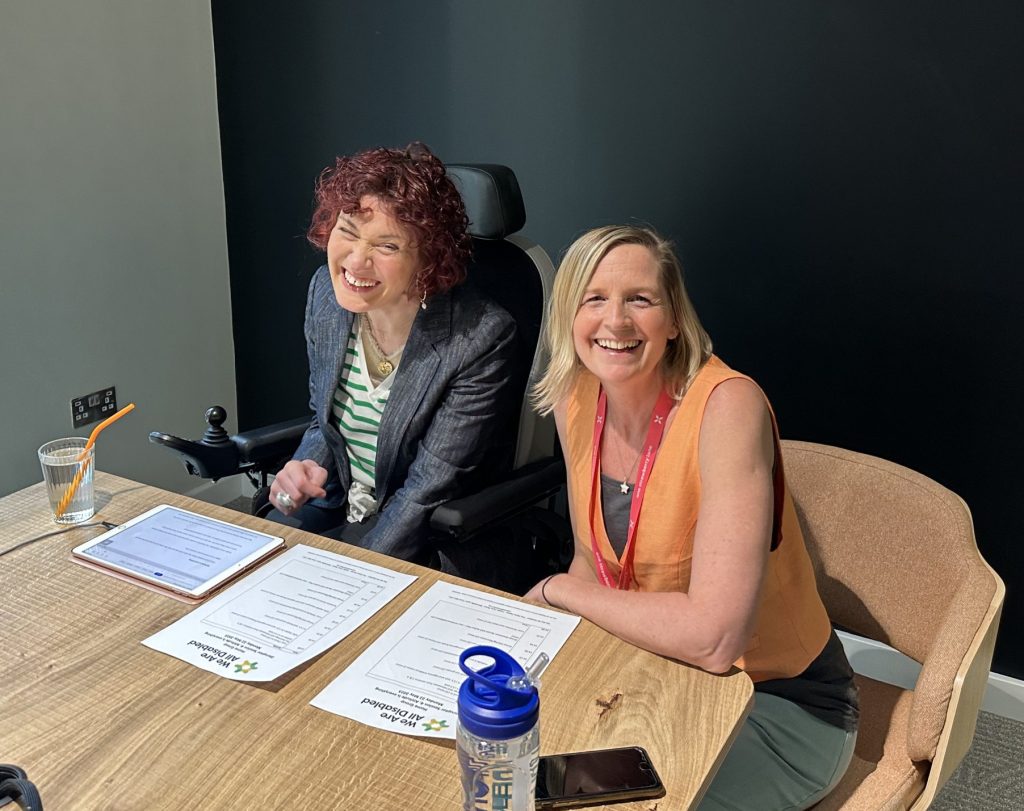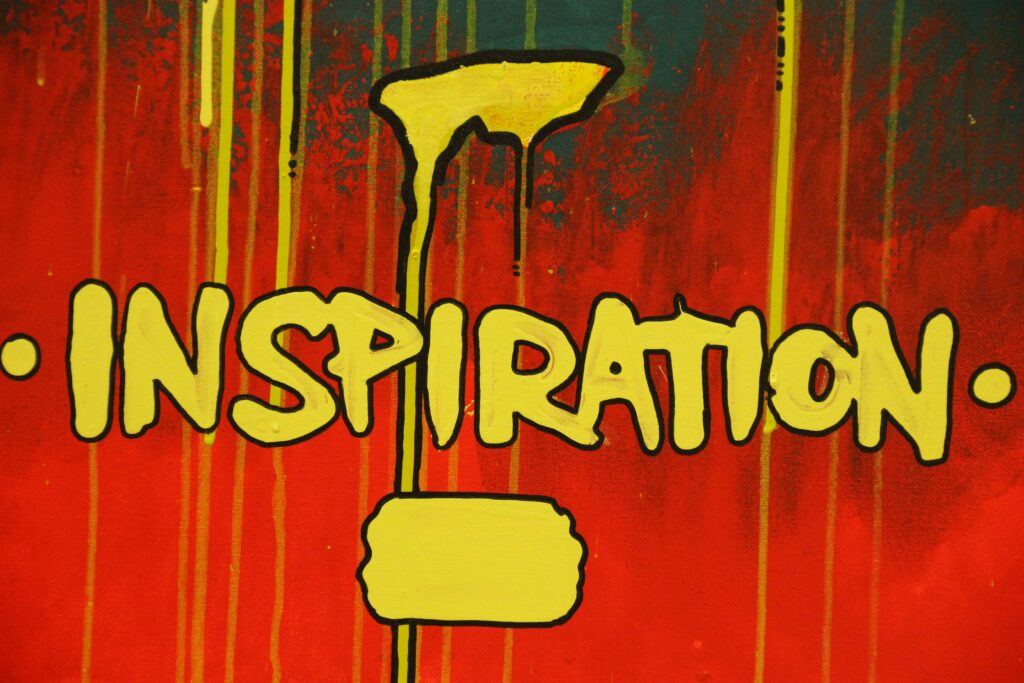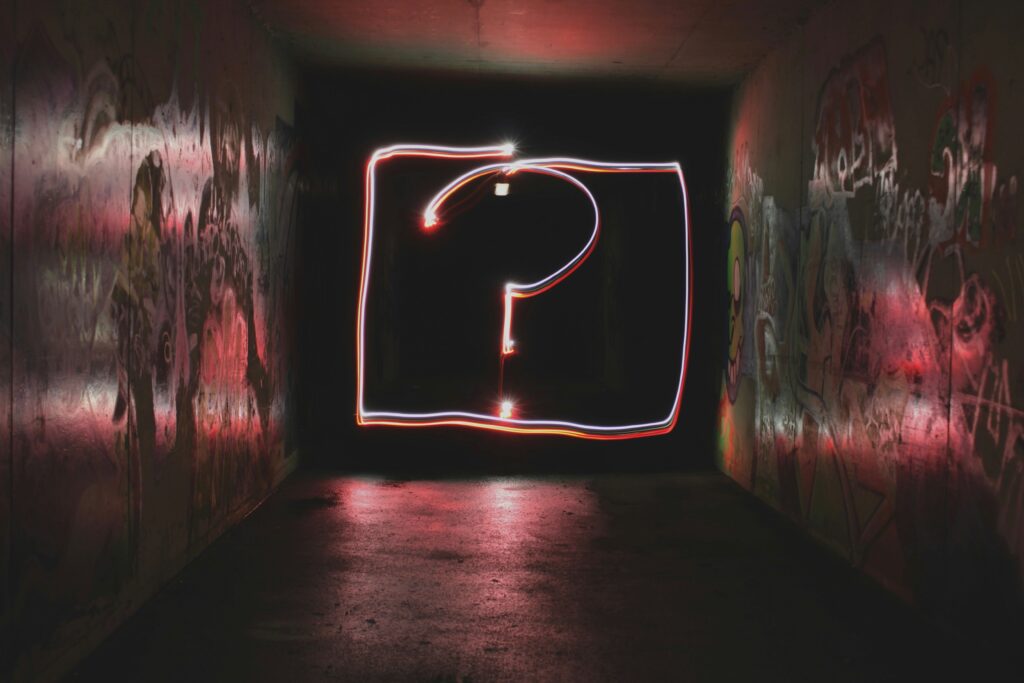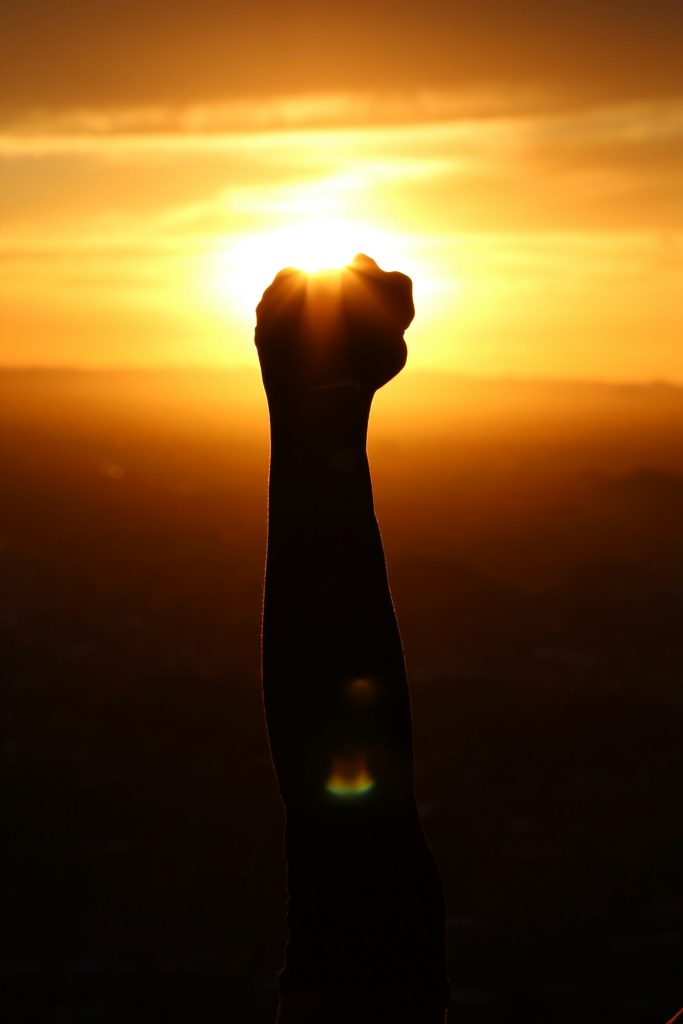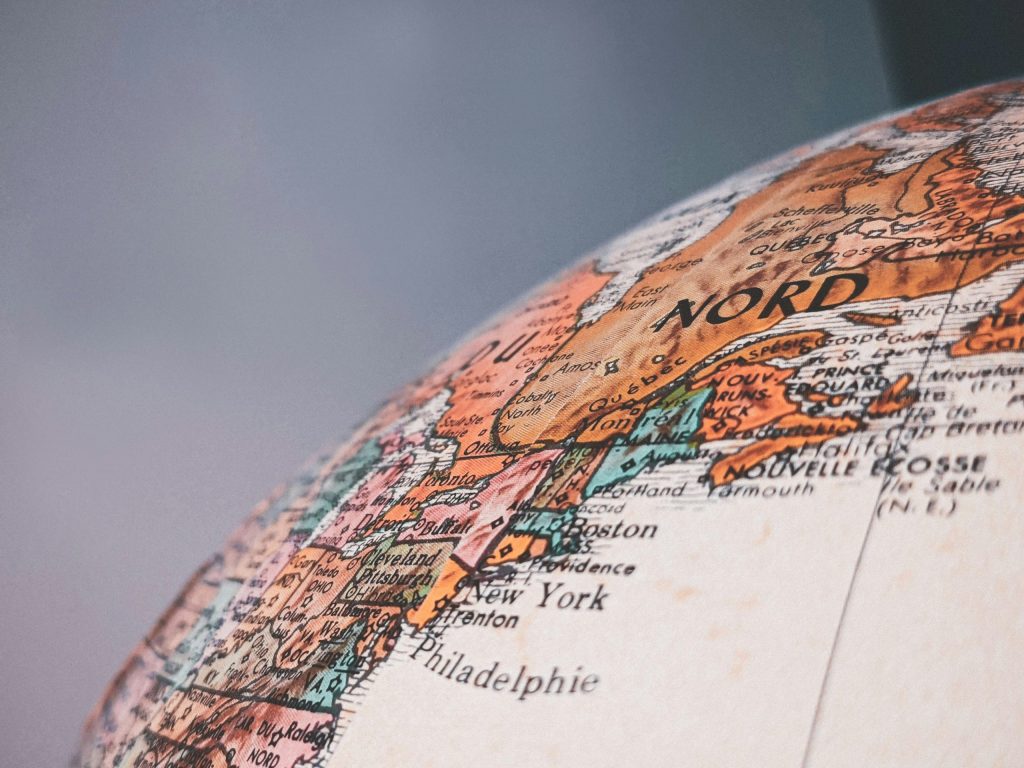The International Day of Disabled People was sanctioned by the United Nations in 1992 and is celebrated annually on December 3rd. Its aim is to increase awareness and promote the wellbeing and rights of disabled people across all aspects of cultural, economic, social and political life.
This year the theme of International Day of Disabled People is ‘Not all Disabilities are Visible’. The celebration aims to spread awareness and understanding of disabilities that are not immediately obvious. For example, learning disabilities, sight or hearing loss, some neurological disabilities, fatigue and pain.
I have cerebral palsy. My disability is visible and it’s the first thing people see when they meet me. Therefore I am immediately perceived as being ‘different’ which of course does have its challenges. For example, because of the way my disability manifests itself, people see my unsteady movements first and automatically assume that I lack intelligence. Instead of perceiving me to enjoy the busy and active life I have, they assume that my life is very difficult. The reality is that living with a disability does have its challenges but being able to adapt to these is a normal and acceptable part of my life.
On the other hand, people with invisible disabilities are generally perceived and acknowledged as not being disabled and can be encouraged to avoid association or identification with disability. This is due to the perceived negative representation of disability encountered in daily life.
In my doctoral research, I wrote about how Cameron (2014b), a Disability Studies scholar, argued that accepting the identification of a disabled person will alter perceptions, in relation to choices and decisions made every day. The identification of disabled people will help necessitate the right to be different. Identifying as a disabled person can facilitate the transformation in perceptions and oppression of disability and disabled people.*
I can only have empathy for people who have an invisible disability because I have no idea what it’s like to be perceived as somebody who does not have a disability. Although I’m very comfortable being a disabled person, sometimes people’s attitudes towards my disability can be frustrating. I can imagine that people with an invisible disability may be worried about how or when to ‘come out’ as a disabled person for fear of being judged, labelled or treated differently.
As someone who has a visible disability I would encourage people to be proud of being disabled. I feel strongly that we should embrace our individualities and differences and I would advocate those who have an invisible disability to ‘come out’. This will promote the identity of disabled people by changing the narrative from disability ‘abnormality’ to being proud of being part of the disabled community.
If we can achieve this collectively we can help to spread the awareness and understanding of all types of disabilities and work towards bringing about positive diversity in our society.
How do you feel about being open and talking about disability ? Is it a positive thing?
What is your experience of visable and invisible disability? Do you have any personal experiences you’d like to share?
*Cameron, C. (2014) The Affirmation Model. In Disability Studies: A Student’s Guide. London: SAGE.
Photo by Michael Dziedzicon Unsplash
